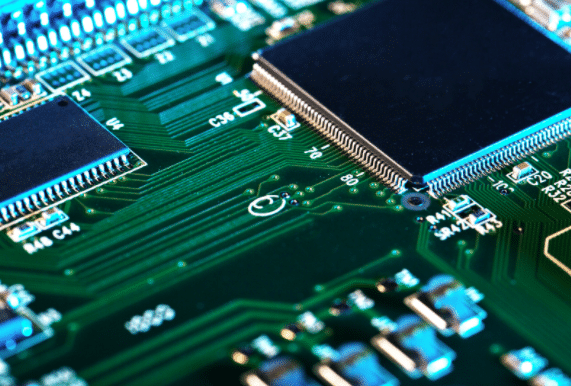You’ll obviously need the appropriate parts before you can build a Gaming PC. That is why Best Gaming Tips have come.
Choosing the proper components for your project might seem overwhelming at first, but once you get started, you’ll find that it’s not only shockingly straightforward but also a lot of fun. This tutorial isn’t designed to be comprehensive; rather, it’s a primer on what you’ll need to know in order to acquire the proper parts and begin assembling your dream construct.
This tutorial will mostly focus on constructing a gaming PC, but it should cover the fundamentals for everything from a high-end workstation for professional applications to a simple media machine.
What Do You Need to Make a Computer?
Processor (CPU)

The CPU, often known as the Central Processing Unit, is the computer’s brain. It’s what translates your commands into actions that the computer can carry out and instructs the rest of your construct how to operate together. The remainder of the system is the body if the CPU is the brain.
The CPU is perhaps the most crucial component in any computer, and there are a plethora of alternatives available in a number of pricing ranges. Intel and AMD are the two main players in the consumer PC market, and even within those brands, there are several options. If you’re searching for a high-end AMD processor, you’ll probably want to look at Ryzen or Threadripper. All of Intel’s i-designated CPUs are good alternatives, but if you’re building a serious gaming or streaming system, you’ll want to go with an 8th or 9th Gen i5 or i7.
Motherboards

The motherboard is a huge circuit board that links all of the components that make up your computer and allows them to communicate with one another. There are a plethora of alternatives available, ranging from basic motherboards at the low end of the pricing range to feature-rich boards with a plethora of bells and whistles.
The sort of motherboard you’ll need is primarily determined by the CPU you choose and the features you need. Because not all CPUs are compatible with all motherboards, you’ll want to be sure you purchase the appropriate one. When choosing a motherboard, consider features like as CPU overclocking capability, illumination, and networking choices.
Graphics Processing Unit/Video Card (GPU)

Your gaming experience will be largely influenced by the graphics processing unit (GPU). The graphics processing unit (GPU) is what allows your computer to do the complicated graphics computations that make PC games seem so amazing. Despite the fact that many CPUs feature integrated graphics, if you want to play contemporary PC games, you’ll need a GPU.
AMD and Nvidia are the two major companies in the graphics card market. You may go with anything on the lower end of current GPUs, such as Nvidia’s GTX 1050 Ti or AMD’s Radeon RX570, depending on how much you want to spend. If you’re looking for a cutting-edge experience, Nvidia’s RTX 2080 Ti is currently the king of consumer GPUs, with AMD’s Radeon RX Vega architecture not far behind.
Memory/RAM
RAM (Random Access Memory) is your computer’s short-term memory. It saves data you use often close at hand so your PC doesn’t have to go to a storage device every time you need it. Because RAM resets when it loses power, it differs from your major storage devices, which is why you still require bigger storage drives for long-term data storage.
In terms of RAM, the more the better. Although there is no such thing as too much RAM, most gaming systems will suffice with 16GB, or 32GB if you want to keep your PC running for several years.
Conclusion:
Whether this is your first PC, or your fiftieth, congrats on taking the time to learn how to put a PC together. There’s always more to learn, but if you’ve come this far, you’re well on your way to becoming a DIY master.
